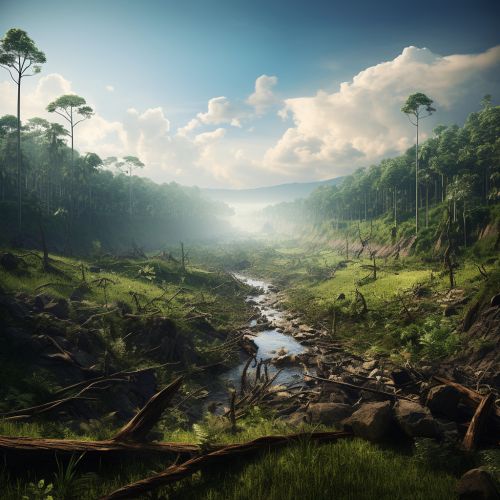Biodiversity
Introduction
Biodiversity, or biological diversity, refers to the variety of life on Earth across all the different levels of biological organization. This includes the variation in genes, species, and ecosystems. Biodiversity is not evenly distributed, rather it varies greatly across the globe as well as within regions. Among other factors, the diversity of all living things depends on temperature, precipitation, altitude, soils, geography and the presence of other species.

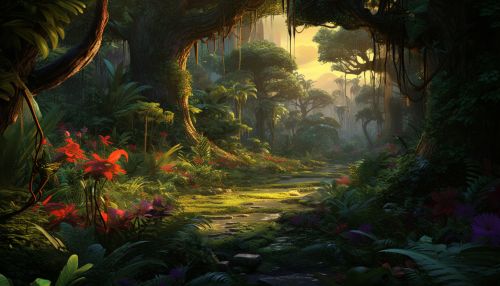
Genetic Diversity
Genetic diversity is the total number of genetic characteristics in the genetic makeup of a species. It is distinguished from genetic variability, which describes the tendency of genetic characteristics to vary. Genetic diversity serves as a way for populations to adapt to changing environments. With more variation, it is more likely that some individuals in a population will possess variations of alleles that are suited for the environment. Those individuals are more likely to survive to produce offspring bearing that allele. The population will continue for more generations because of the success of these individuals.
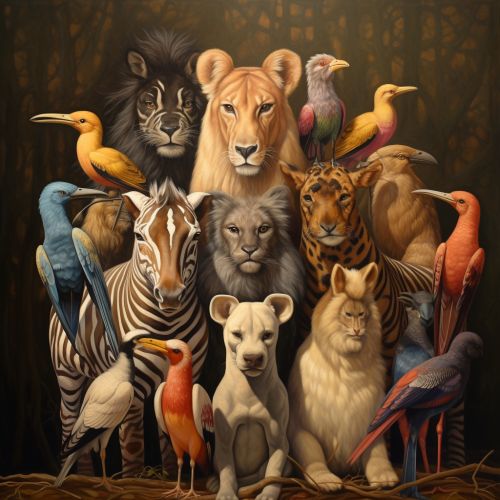
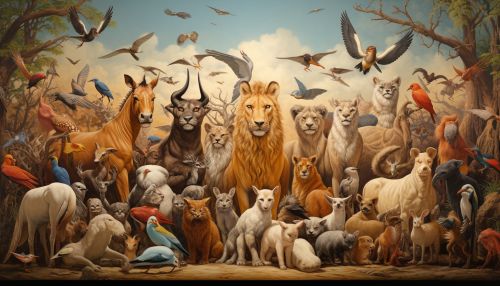
Species Diversity
Species diversity is the number of different species that are represented in a given community. The effective number of species refers to the number of equally abundant species needed to obtain the same mean proportional species abundance as that observed in the dataset of interest (where all species may not be equally abundant). Species diversity consists of three components: species richness, species evenness, and species heterogeneity.


Ecosystem Diversity
Ecosystem diversity refers to the diversity of a place at the level of ecosystems. Ecosystem diversity can be used to compare the diversity of ecosystems in different regions. The term differs from biodiversity, which refers to variation in life forms. It is a component of nature and it represents the variety of biological communities and species' interactions with each other and their surroundings.

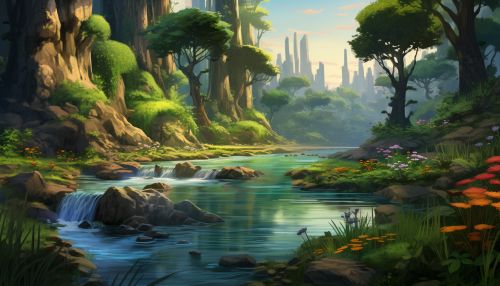
Biodiversity and Evolution
Biodiversity is the result of 3.5 billion years of evolution. The origin of life has not been definitely established by science, though evidence suggests that life may already have been well-established only a few hundred million years after the formation of the Earth. Until approximately 600 million years ago, all life consisted of microorganisms – archaea, bacteria, and single-celled protozoans and protists.
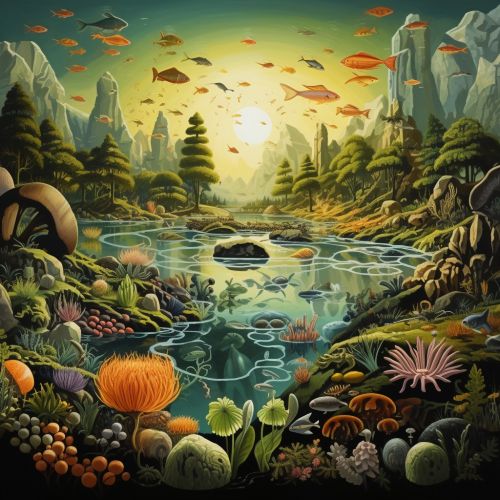
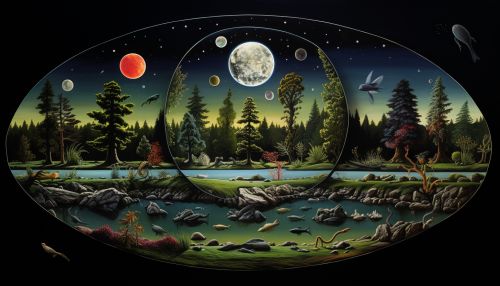
Threats to Biodiversity
Biodiversity is under serious threat as a result of human activities. The main threats to biodiversity are habitat destruction, climate change, invasive species, overexploitation, and pollution. Conservation biology is reforming around strategic plans to protect biodiversity.
